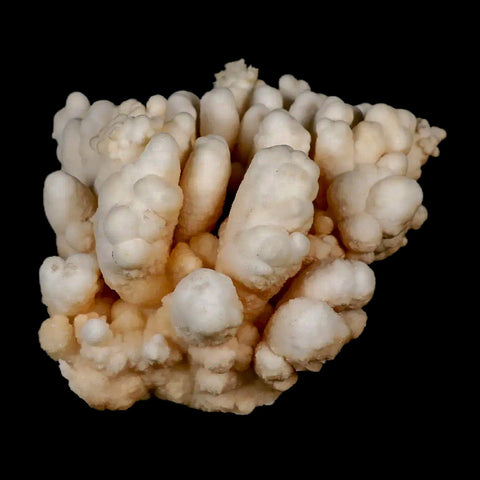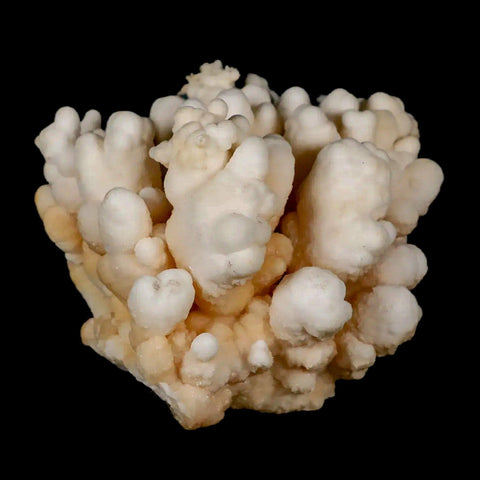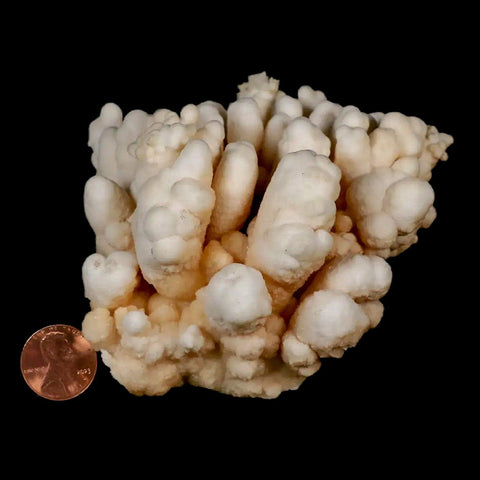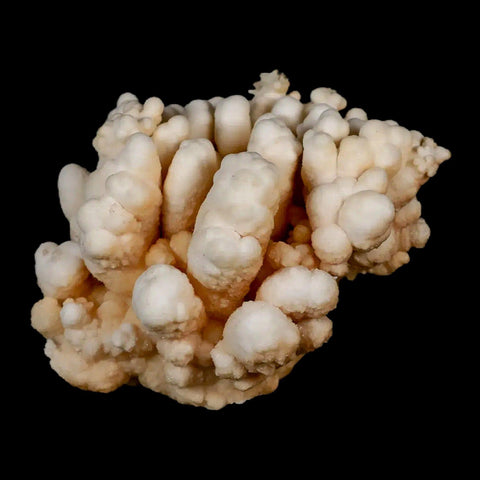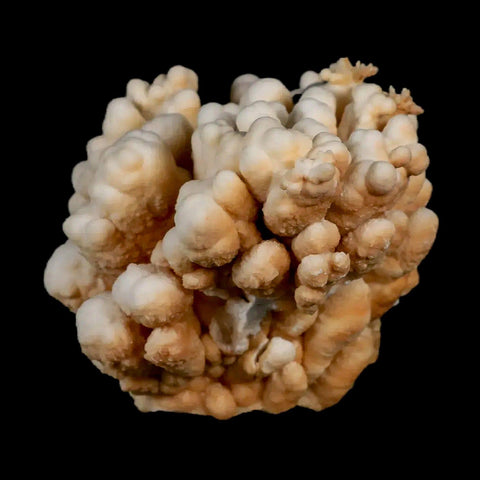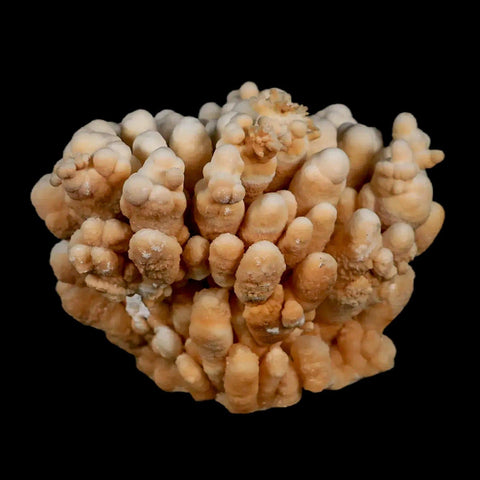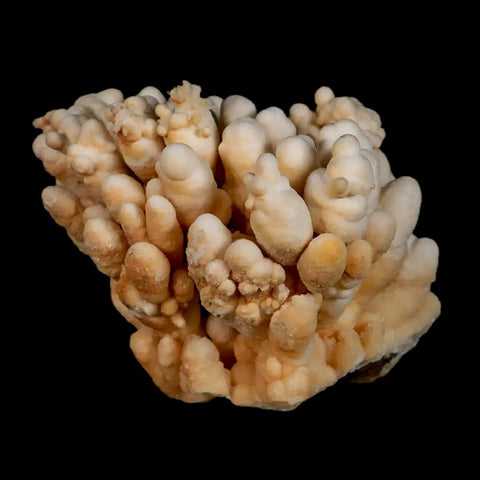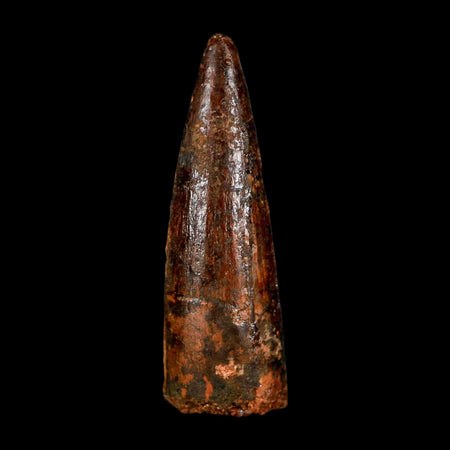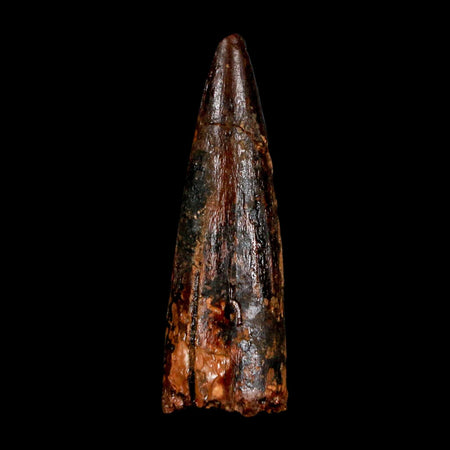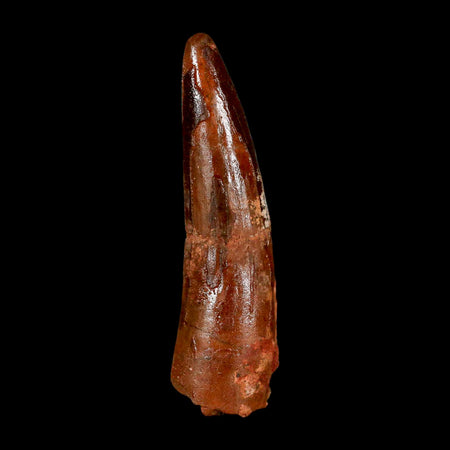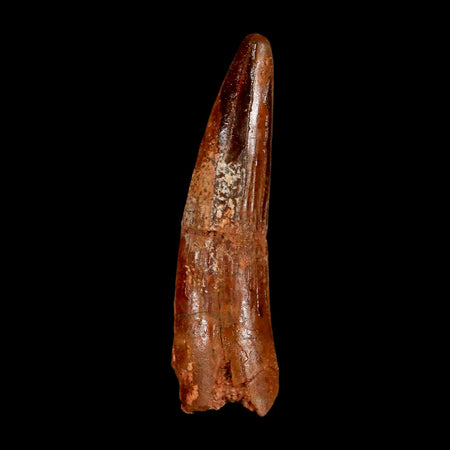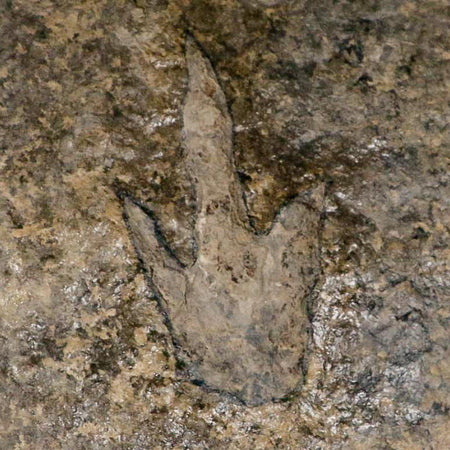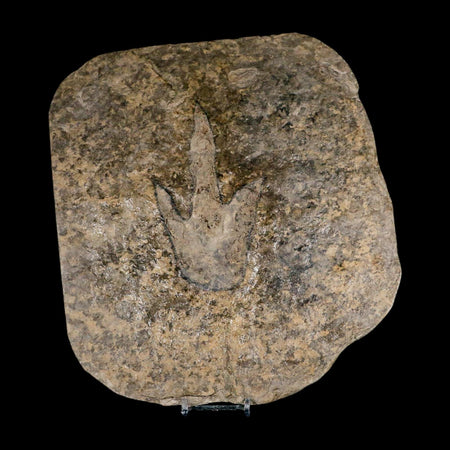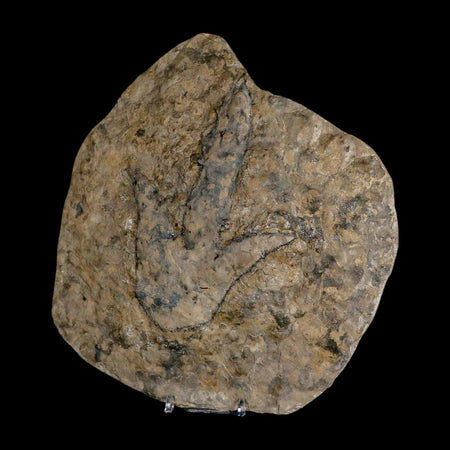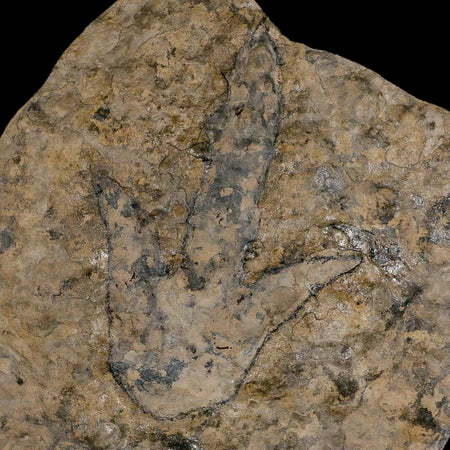3.7" Botryoidal Aragonite Cave Calcite Crystal Cluster Mineral Specimen Morocco
Location: Morocco
Weight: 1 Pound 1.2 Ounces
Dimensions: 3.7 Inches Long, 3 Inches Wide, 2.9 Inches Wide
The item pictured is the item you will receive
Aragonite is essential for the survival of many of Earth’s creatures, as countless invertebrates rely on this mineral to build their shells and hard parts. If you've ever been captivated by a vivid seashell, you’ve witnessed Aragonite's dazzling palette and its remarkable ability to form effortlessly at the Earth's surface. Aragonite and calcite are ‘polymorphs’—sharing the same chemical formula but boasting subtly different crystal structures. These twins often coexist, and for anyone but a geologist, telling them apart is rarely crucial. While calcite reigns as the more stable and common mineral in today’s oceans, there was a time when Aragonite ruled the seas. Physically, these two minerals could be mistaken for each other—they’re that alike.
Calcite is a calcium carbonate mineral with a hardness of 3. It comes in a wide variety of forms and colors and is found on every continent of the world. Calcite makes up the major part of marble and limestone. Yellow Calcite usually occurs in massive rather than crystalline form, and the best specimens come from Mexico.
Calcite’s name comes from the Greek word “chalix,” meaning lime, and it loves to show off in colors like red, green, orange, yellow, blue, pink, clear, black, and white. It's one of Earth’s most popular minerals, forming the foundation of limestone and marble, and it pops up in all sorts of shapes and places. Some calcite crystals even glow blue or red under UV light—pretty cool, right? People have used calcite to make cement and mortar, and the clearest pieces have helped create gun sights and special microscopes for geologists.


